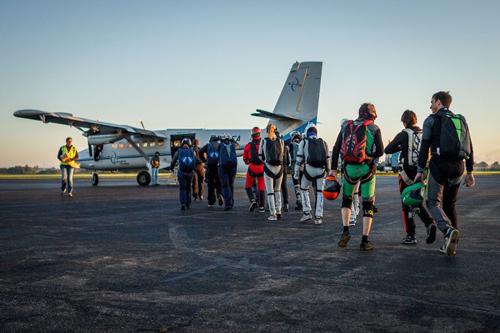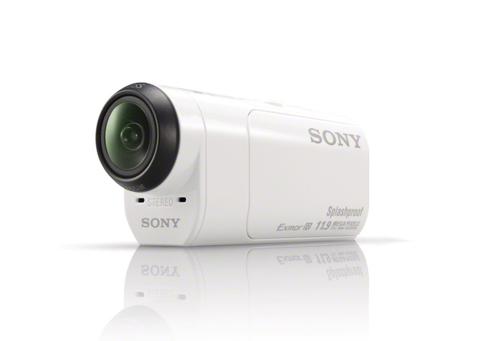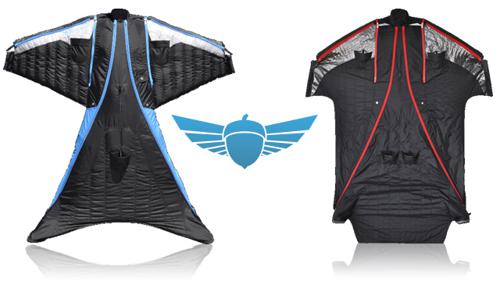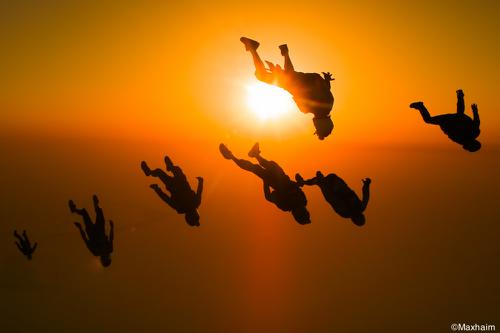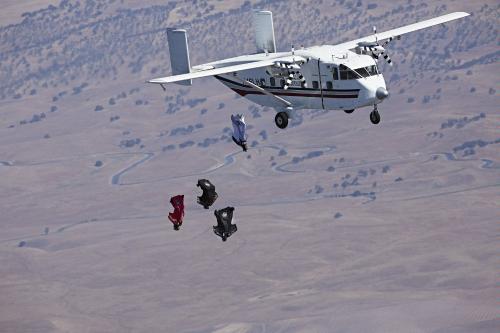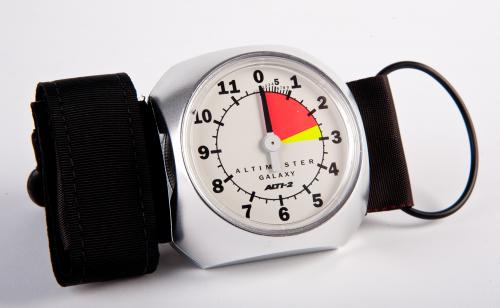GoPro Hero 4 - Release Date and Specs Revealed
GoPro have announced the specs and release date for the highly anticipated Hero 4 action camera, which will come in three models. The new series of GoPros are scheduled for release around the middle of October this year, and will feature the standard GoPro Hero 4, a GoPro Hero 4 Silver and then the top of the range GoPro Hero 4 Black.
New Key Features
Some of the highlights with regards to the specifications of the new GoPro range is the addition of 30fps recording at 4k resolution that is found with the Black Edition, which sees a big step up from the previous models 4k video recording, which only allowed for 15fps recording at 4k. The increase in frames from the Hero 3 will mean that users will find more versatility with their high resolution video recording.
Another exciting new addition is that of a touch screen on the Silver edition. While GoPro has always been a reliable camera with regards to build and video quality, one aspect that many have found lacking has been the usability of the camera menus, which are handled with the on camera buttons and a small display. Now GoPro have gone and added what is likely to be a very welcomed addition in that it has introduced for the first time in the GoPro series, a touch screen which will no doubt allow for easier navigation of the menus, as well enabling the ability to preview your images (worth noting that the Hero 4 claims to have a new interface for quicker menu navigation too). It is however unusual that the touch screen feature is only available on the Silver edition and not on that of the more expensive Black edition, nor the entry level version of the Hero 4. The most likely reason for the inclusion in the Silver edition is that GoPro is marketing the new series towards three general groups of people, and the mid-range target market is more likely to desire the touch screen, without having to purchase the LCD "BacPac" accessory, which sells for another $80. Though of course it is still possible for one to use their smartphone as a remote for the camera.
As customary with a new GoPro release, the company has focused on increasing the general image quality achieved and further enhancements have been made on ensuring better quality in low-light.
GoPro Hero 4 Black
The GoPro Hero 4 Black, is as mentioned above, the top of the range for the Hero 4 series and thus the most powerful of the lineup. A new processor is claimed to be twice as fast as that found in it's predecessor. The Hero 4 Black will not only have video performance enhancements, but also step up the game with far superior audio recording. There are three modes of shooting with regards to field-of-view: Narrow, Medium or Ultra Wide.
There will be the ability to manually adjust settings like ISO limit, exposure and colour for both video and photos. The camera will include built-in Wi-Fi and Bluetooth.
Waterproofing down to 40 meters will be standard.
GoPro are seemingly targeting the Hero 4 Black to those looking for the absolute best quality and features available in an action camera, specifically professional use and dedicated adventure sports enthusiasts who are looking to create high quality video footage using the camera.
The Hero 4 Black will cost $500 on release.
GoPro Hero 4 Silver
The GoPro Hero 4 Silver seems to be targeted to your average action cam user, from the weekend surfer to the seasoned hiker, or even tourist. The touch screen that is included on this model will make it easier to navigate and preview what you've taken. This is especially useful for those who want to use the photographic functions and treat it as both a still camera and video camera. The image sensor on the Silver, like the Black - allows for 12 megapixel images at 30fps.
This model is still more than adequate to provide quality video footage and also offers 4k resolution video recording, but only at a maximum of 15fps.
With functionality such as Wi-Fi, Bluetooth and Waterproofing being the same as that of the Black, one can see why there is only a $100 price difference between the two. The Silver will sell at around the $400 dollar mark.
GoPro Hero 4
The Hero 4, is the entry model for the series and comes in at an extremely affordable $130. It records in full 1080p resolution at 30fps or 720p at 60fps. The sensor of the camera allows for 5 megapixel images, offering 5fps bursts.
The market for this entry level camera would be those looking to enjoy the benefits of an HD recording camera, while not having to fork out more than they need to. The use of action cameras in every day life has become exceedingly common and this camera will offer more than enough for a large portion of GoPro users.
This camera could also work for those who are perhaps wanting to try something brave with their camera to get a certain shot, but do not want to risk the potential damages to a higher priced model.
We haven't seen much video footage yet, so it is difficult to put these models side by side to see exactly what one can expect from each one, and the difference in quality between models - but it will no doubt only be a matter of time before we see what this latest range is capable of.


